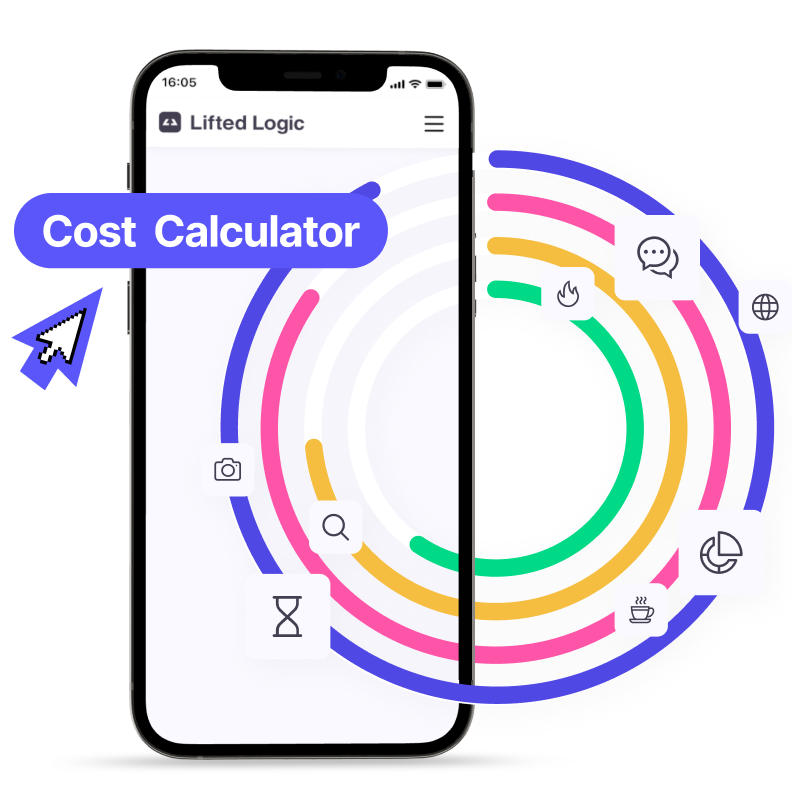We’re back with Part II of our Brand Story Telling series. Make sure you check out each part so you can be on your way to a one-of-a-kind brand story.
Part I: Prepare to Amp Up Your Brand Story
Part III: The Plot Really Matters
Part IV: Completing Your Brand Story With a Strong Theme
Let’s talk about strong characters
Characters drive a story, and if your audience doesn’t connect to your characters, they aren’t going to connect to your story. So when it comes to branding, who are your characters?
You and your team.
People connect with people a lot easier than brands connect with people. And that 100% makes sense. It’s the same reason why influencer marketing is on the rise (but that’s another story for another day).
In the 2019 Edelman Trust Barometer Special Report, they found:
- 81% of people must be able to trust a brand will do what’s right before they buy
- 74% of people ignore advertising (with outside plug-ins, changing their social media habits, etc.)
- Brands that earn their trust also earn their attention
Here’s what all of that means: you can’t depend solely on advertising to pull people in. The point is, trust is a big deal when it comes to success. If people can connect to your “characters,” they may be more likely to trust them too.
I want you to think about your favorite book, movie, or show. Why do you connect to the characters? What do you love most about them? Now, character-building isn’t a one-size-fits-all thing, but good characters tend to have the same characteristics:
Motive (desires, wants, needs):
A motive is arguably the most important aspect of a strong character and drives plot. For example (and please don’t judge me for this comparison), Frodo from Lord of the Rings has a strong motive from the beginning. He wants to save the world and destroy the ring, which leads him through a long and tumultuous quest. This strong desire makes him likable right away because readers can relate to his motive.
Positive qualities:
This may sound a little obvious, and it actually kind of is. I’m going to reiterate it anyway. A great character has strong, positive qualities. This can be anything from determination to courage to empathy… honestly, whatever. But without at least one good quality, it will be really hard for people to like the character. (Hint: these are your company’s values.)
Flaws:
You know what’s super annoying? A character who is overly perfect and has literally nothing wrong with them. First of all, that’s crazy unrealistic. No one only has positive qualities, and if someone claims they do, I’m like 99.9% sure that’s narcissism. People can’t relate to a character without flaws because we all have flaws. And I’m not saying the flaws have to be something extreme, but showing them makes characters feel more human.
Backstory:
Backstory is what builds a character. It allows people to understand who characters are, where they came from, and why they act the way they do. The story behind the characters further enhances relatability and builds a connection. This would be how your brand or business began.
Complexity:
I don’t care what anyone says; one-dimensional characters are boring and flat. People aren’t black and white. There’s always some gray in between. And yes, I know that was real cliche, but to be frank, it’s true. Without depth and complexity, characters don’t feel like they’re alive. They’re just… I don’t know… there.
Bringing those character elements to life
Alright, so let’s tie those elements back to you and your team. First, think about your motive. This is when you remember why you do what you do.
Why was the business started? Why does your team enjoy their job? What keeps you all pushing every day? The answer to that is your character drive. People connect more to why you do something rather than what you do.
From there, you can start listing your positive qualities. This is your time to completely feel yourself and hype up your team to feel themselves too.
Don’t worry about being conceited or too big headed; you’ll tone that down later. But also, get creative here (without making stuff up). Dig deep into your qualities that make you and your team great. Everyone is used to hearing, “we’re dedicated” or “we’re passionate about xyz,” but what qualities truly set you apart from the rest?
Here comes the hard part. No company wants to talk about their flaws or highlight them to the public. You want everyone to believe how fantastic you are and why you’re the best, so how do flaws come into the picture?
Well, it’s not about adding your downfalls or negative traits to your brand’s story, but part of branding is transparency. Whenever you or your team makes a mistake, no matter how public it is, it’s often best to open up about them.
If you take ownership by saying, “Yeah, we screwed up, but we’re learning how to be better,” it helps people know you don’t ignore things or push them under the rug. Honesty and accepting flaws can build trust between you and your audience.
Your backstory is literally your company’s backstory. This goes back to why your founder(s) or you started the business.
Beyond wanting to make money (please don’t add that to your “About Us” page…no one is going to applaud you for chasing the green), what is the unique story behind the business? Were you striving to fill a void in the community? Did you want to help others feel good? Was there a desire to change how the industry works?
If you aren’t sure which elements to include, go back to your audience research to help you out.
Combining all of those above elements helps to create complexity in your brand story. When you truly bring out the (hopefully) diverse characters that make your business great, it creates a full image that’s colorful, impactful, and relatable.
At the end of the day, you want future consumers to see your brand as a multi-faceted group of people rather than some money-hungry company they can’t trust.
Head over to Part II to keep learning about brand storytelling strategies
We’ll be the first to say that creating a brand story doesn’t come easy, and there’s nothing wrong with seeking outside help! Don’t forget to read the rest of the series.
Part I: Prepare to Amp Your Brand Story
Part III
Part IV
Whether you’re a new company, want to continue your story, or are completely rebranding, Lifted Logic has the tools and expertise you need to succeed.
We don’t BS you into quick fixes and fad techniques. Instead, we transform your short- and long-term goals into effective web design, custom branding, SEO, digital marketing, photo and videos, social media campaigns, and more.
Get started today by calling 816.298.7018 or using our free online cost calculator. For more tips on all things branding, web design & development, content creation, and more, subscribe to our newsletter to stay in-the-know.




